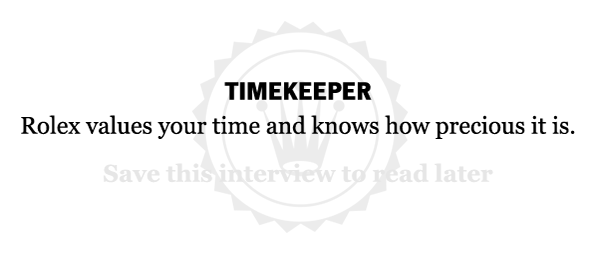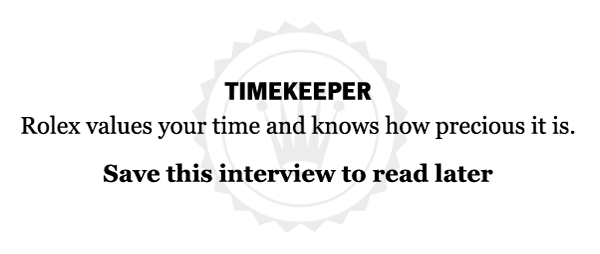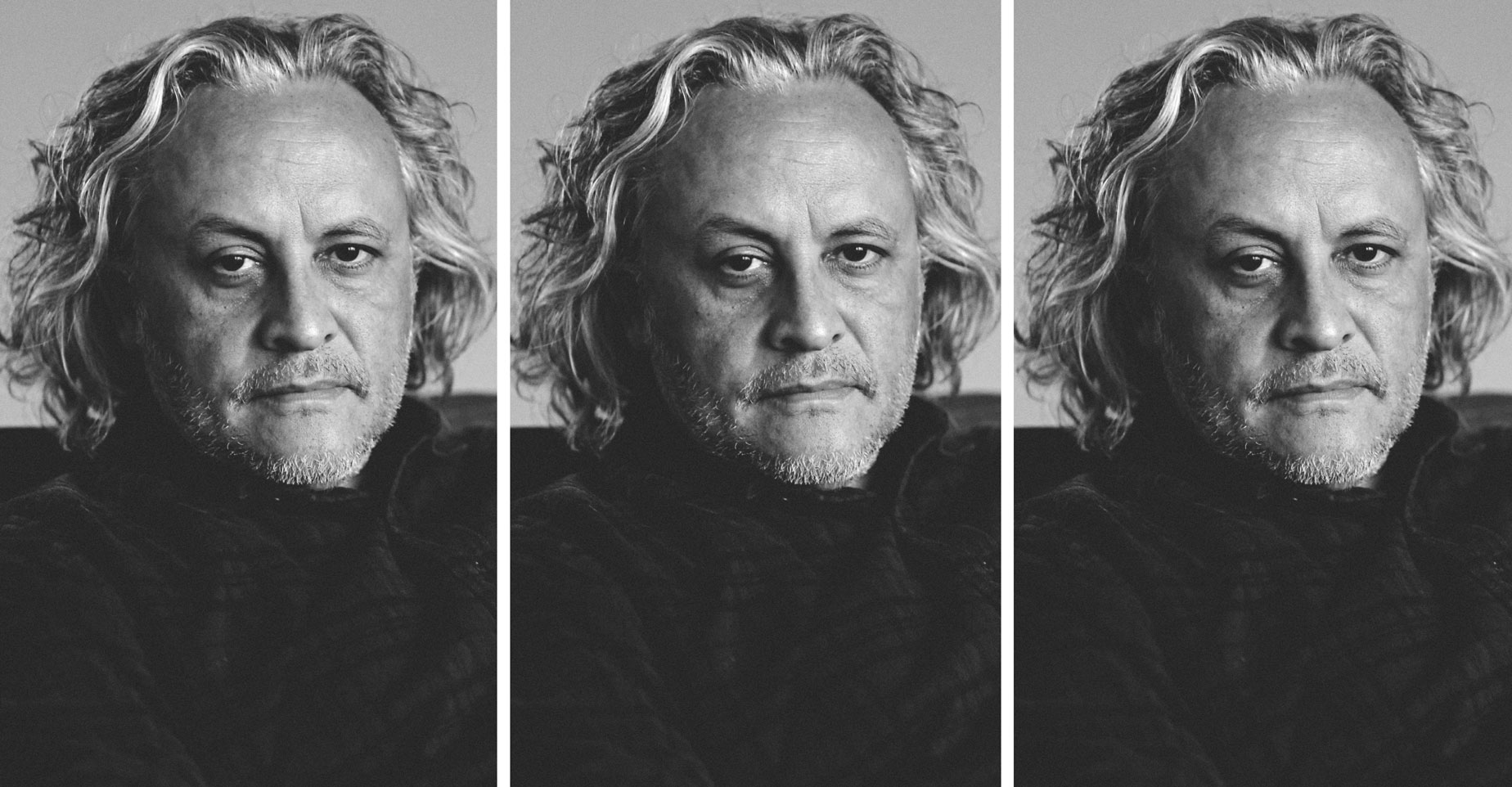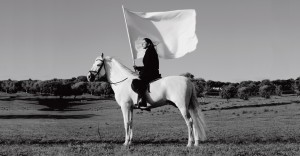Mr. Orozco, is it important for your art to be authentic?
Well, I don’t know what that is. I really don’t know what is authentic. I’m just trying to be open to learning things, to understanding other cultures, other things that happen to me. I try to do every work because it is important for me to do it. I do it for myself. I have a problem in that I get bored very easily. When I am bored, I get in a very bad mood and really obnoxious, so I try not to be bored because if I were a kid I would start to cry.
So really your work is just an effort to keep you from crying.
In a way, yes. (Laughs) And because I want to do it! I don’t have a studio and I don’t have assistants. I work alone; I don’t have a factory. And I don’t believe in that way of production in general – for me. I know that the market is growing and there’s a lot of demand and whatever, but it’s not something I am motivated to do. You can give it to other people to do the work, but then it’s really boring because then you’re not doing the work. That’s the way I work, I live.
It does seem like you’re trying to keep yourself from getting bored. You are traveling constantly – mostly between Mexico, New York, and Paris – and you make art in a wide variety of sizes and media.
From the beginning it was important to me to maintain the different scales of production and work that give me a different type of pleasure and exploration. When I did La DS, for example, the car that I cut in Paris, I did it at the same time as I was showing an empty shoebox in Venice. So depending on the idea and the moment, I can do large-scale works but also small interventions and photographs, small things. I totally try to combine them because it’s a very different way of working.
You often repeat that you want to disappoint your audience. Why?
Well if you work for the expectations of the people then you start to work as an entertainer and somehow you sacrifice your own exploration of things. You became a kind of employee of the public demand for entertainment and spectacle and political things. So if it’s different from what they expect or is something that is not what they were waiting for, they have to try and understand why is that. I feel like reality is like that. That’s the whole thing. Reality in general can be disappointing, it’s not what you expect, and then something nice happens, but you never know when. I try to be disappointing and then to have a variety that gives me the chance to work in different places in different manners, small scale, big scale, low productions terms, short encounters with a fragile material.
Is it important for your work to be accessible? Your pieces like Mobile Matrix, a whale skeleton hanging in a library in Mexico City, or La DS, a classic Citroën car with its central third removed, seem like they could appeal to people of all ages, even children.
Well… in general children are not the best public to trust. I remember when I was a child I loved Salvador Dalí, but when I think about it now I think he’s a horrible artist. (Laughs) If you think about what artists you used to like as a kid, they are probably different than the ones you like today. The reading of the work from the point of view of a kid is such a different thing than an adult. Sometimes my work is more childish, sometimes it is more light, sometimes it is more mathematical, sometimes it is more political. I guess it is because I am like that.
Is it important for your work to have political implications?
I don’t like the type of politics that are, let’s say, journalistic politics or straightforward opinions. I prefer to play the politics that art plays in society: questioning reality, playing around, making jokes about it, analyzing situations. That’s the work that art can be more effective to play politics in the world. It’s amazing how – precisely because I live in different countries in different moments – how affected everything is depending on the president and the politics of the country and the atmosphere in relation to immigration or social things and when there is war and all that. If I don’t like the president of the country I just move to another country that doesn’t have such a bad president!
Anish Kapoor told us that he has nothing to say as an artist. Do you?
I think that I do, it’s just that the degrees of reading my work are very different. You can approach my work from a philosophical point of view, you can approach my work in a political point of view, or a phenomenological point of view. There are many layers in the work and I think some artists just have one layer, one surface and that’s it. Not every artist and every work has the same layering of meanings and content, you know? So obviously Anish Kapoor’s work is very different from mine. I don’t know whatever he says about his work, but it’s probably not the same as I would say about mine because we are very different artists.
In the end every artist or creative person has their own process.
It’s true, it’s quite interesting. That’s why it’s interesting to read them and hear what they say. It’s important. I’m just reading now a Gerhard Richter text, his writings and interviews. I like the work a lot. It’s very complex somehow, and then when you read his interviews and they are, in a way, very basic. So that makes you wonder how to read the paintings. It’s a combination between what you read and what you see in the work and in the thinking of the artist.
Like your famous piece Home Run, where you asked residents in the buildings across the street from the MoMA to place oranges in their windows and that was the artwork. Without your framing, it’s just oranges in a window.
The combination between what you read and what you see is what makes the work. The art is language, it’s something you read, but on the other hand art is a landscape and it’s something you see. So that’s why it’s important what an artist thinks about their own work and what they say about their own work. It may not be very accurate what they think or say about the work, but that combination between what you think and what you do is what makes the work. Sometimes we have very good intentions, we are very well-informed, we are very intelligent, but the work is not good.
And sometimes it is the opposite.
Yeah sometimes the opposite, the person is very inarticulate and… That was a kind of tradition almost, that the painter was a kind of savage without any intellectual articulation of the work. The combination between what you think, what you read, and what you do. That collapsed you have the work, which is sometimes successful in many ways, sometimes it’s a failure even if you have very good intentions and political reasons.
Return to Top

Short Profile
Name: Gabriel OrozcoDOB: 27 April 1962
Place of birth: Veracruz, Mexico
Occupation: Artist
Gabriel Orozco has an exhibition at the Marian Goodman Gallery in London until August 7, 2015.





















Comments
write a comment, read comments